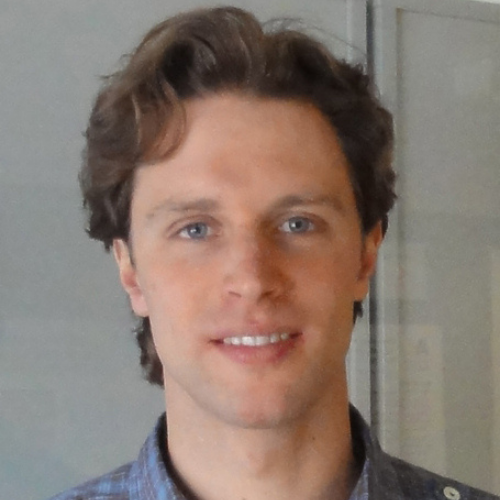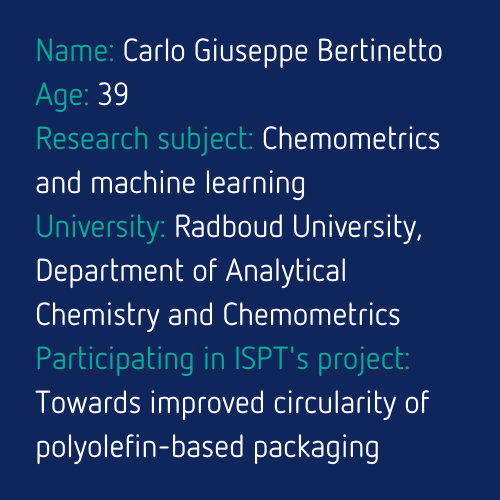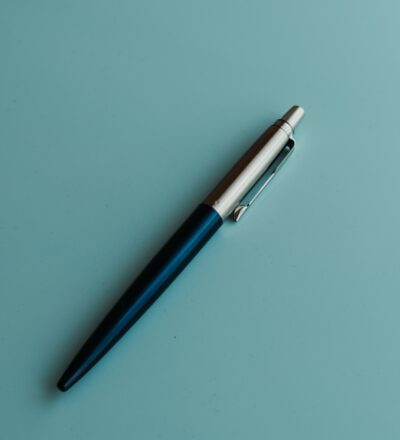My name is Carlo Giuseppe Bertinetto and I am a researcher in ISPT’s project Towards improved circularity of polyolefin-based packaging. I believe that chemometrics, a field that combines data science with chemical and physical knowledge, can greatly contribute to more efficient processes and a more sustainable future.
I started working on this topic about 15 years ago, when I was invited to choose this topic for my M.Sc. thesis mainly because nobody else in my course was attracted to it. At that time, data science was not as trendy as nowadays, but soon I realized how useful and fun it can be! I stuck to it ever since.
Background
I obtained a PhD in Physical Chemistry at the University of Pisa in 2010 with a thesis on predicting molecular properties using Recursive Neural Networks. Between 2011-2018 I was a postdoc researcher at Aalto University (Finland), with a stay at the University of Barcelona in 2016, conducting statistical and mathematical modelling of analytical data, with an emphasis on spectral and microscopic imaging. In 2018 I started a postdoc researcher position at Radboud University and have been working on the analysis of various types of data from the industrial, medical and biological fields.


Project and research
I was invited to join by my supervisor because the project fits well with my previous expertise and is aligned to my interests. The part of my research that best applies to this project is the use of blind unmixing methods, also named Multivariate Curve Resolution, to disentangle the spectral signals coming from different substances in a given sample. This can directly be employed to determine which materials are present in an image and where. In my past research I successfully applied these methods to other kinds of data, but the approach is basically the same. I also have experience in other types of machine learning such as supervised linear and non-linear models that could prove to be useful for this project.
In the coming year I expect to test and implement machine learning methods to distinguish different materials, drawing from my experience of similar imaging studies that I did in the past.
Acknowledgement
This project is co-funded with subsidy from the Topsector Energy by the Ministry of Economic Affairs and Climate Policy.
